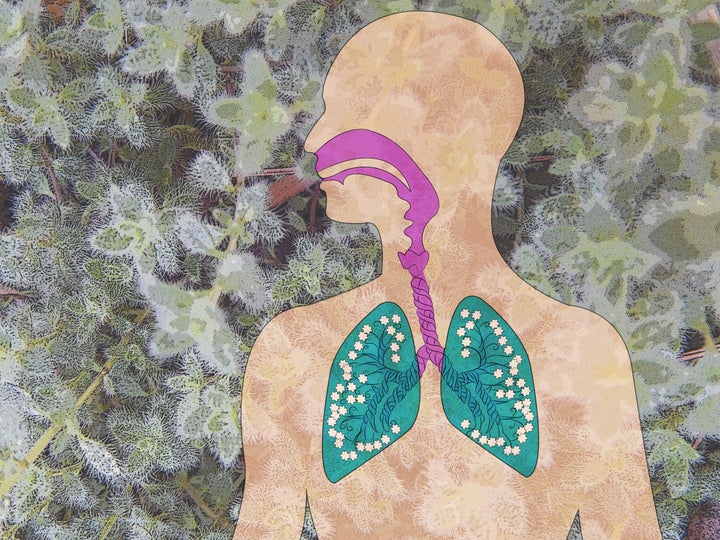The UK has one of the worst asthma death rates in Europe, with the rate of deaths from an asthma attack increasing by more than a fifth in the last five years.
Experts from Asthma UK believe the condition “is not taken seriously enough” in the UK, with previous research from the charity revealing one in six people don’t know or are unsure if asthma can be fatal. This is despite the fact 1,434 people died from an asthma attack in the UK in 2015.
Asthma UK’s in-house general practitioner, Dr Andrew Whittamore, gives HuffPost UK five tips for managing the condition.


1. Attend your annual asthma check-up.
Dr Whittamore says it’s vital patients attend their annual asthma review with their GP or practice nurse and don’t put off the appointment.
“As a GP I only see a person with asthma for maybe 10 or 20 minutes every year, so it’s really important the rest of the year they are able to look after themselves,” he says. “In that appointment, we establish what they’re understanding of asthma is, what they understand good asthma control to be and that they know what to do when things aren’t right.”
Dr Whittamore also checks the patient knows of any habits or environmental triggers that may make their symptoms worse so they can adjust their lifestyles accordingly. Perhaps most importantly, he’ll check the patient knows how to use their inhaler correctly and give them a refresher on best practice.
2. Ensure you’ve got a written asthma action plan.
An asthma plan is a written document detailing basic instructions for the patient or the person who is looking after them, such as a parent or teacher, Dr Whittamore explains.
The plan contains a summary of everything discussed during your annual check-up, such as details of when a patient should take their medication and their known triggers. It also contains tips on managing symptoms of asthma. The asthma action plan is designed to be a handy reminder in between appointments, to help a patient and their loved ones keep them well.
You can download an example plan from Asthma UK, but ensure you fill in the blank spaces with your own personal care info obtained through your GP or asthma nurse.
3. Know the signs your asthma is getting worse
Symptoms of asthma include coughing, wheezing or breathlessness. According to Dr Whittamore, somebody with “well controlled asthma” should have symptoms no more than three times per week.
“For anyone who is getting asthma symptoms more often, it’s a sign there is untreated inflammation in their airways,” he says. “I tell my patients that if they’re getting symptoms more regularly than three times a week, they need to look at their written action plan to see what to do to get better. If that isn’t working, they need to get in touch with either me or another professional.”
4. Keep your inhaler in check.
At your annual asthma check-up your doctor will tell you how often you should be taking preventative medication - usually a brown inhaler - and Dr Whittamore says it’s important to stick to this prescription.
“Patients should also be carrying around their blue reliever inhaler with them just in case. Ideally they won’t need to use it, but they should keep it to hand in case a trigger catches them unawares,” he says.
While some inhalers come with a counter on the side telling you how many does are left in them, not all do, so Dr Whittamore advises keeping track of how full your medication is to avoid it being empty when you need it. You should also regularly check the use-by date.
5. Know what to do if you have an asthma attack.
An asthma attack is when symptoms of asthma - such as wheezing and breathlessness - appear to be getting worse and can’t be stopped by a reliever inhaler. It’s always best to be prepared for a worst-case scenario so familiarise yourself with what to do if you’re having an asthma attack.
Dr Whittamore recommends following the four easy-to-follow steps below if you’re having an asthma attack as set out by Asthma UK:

